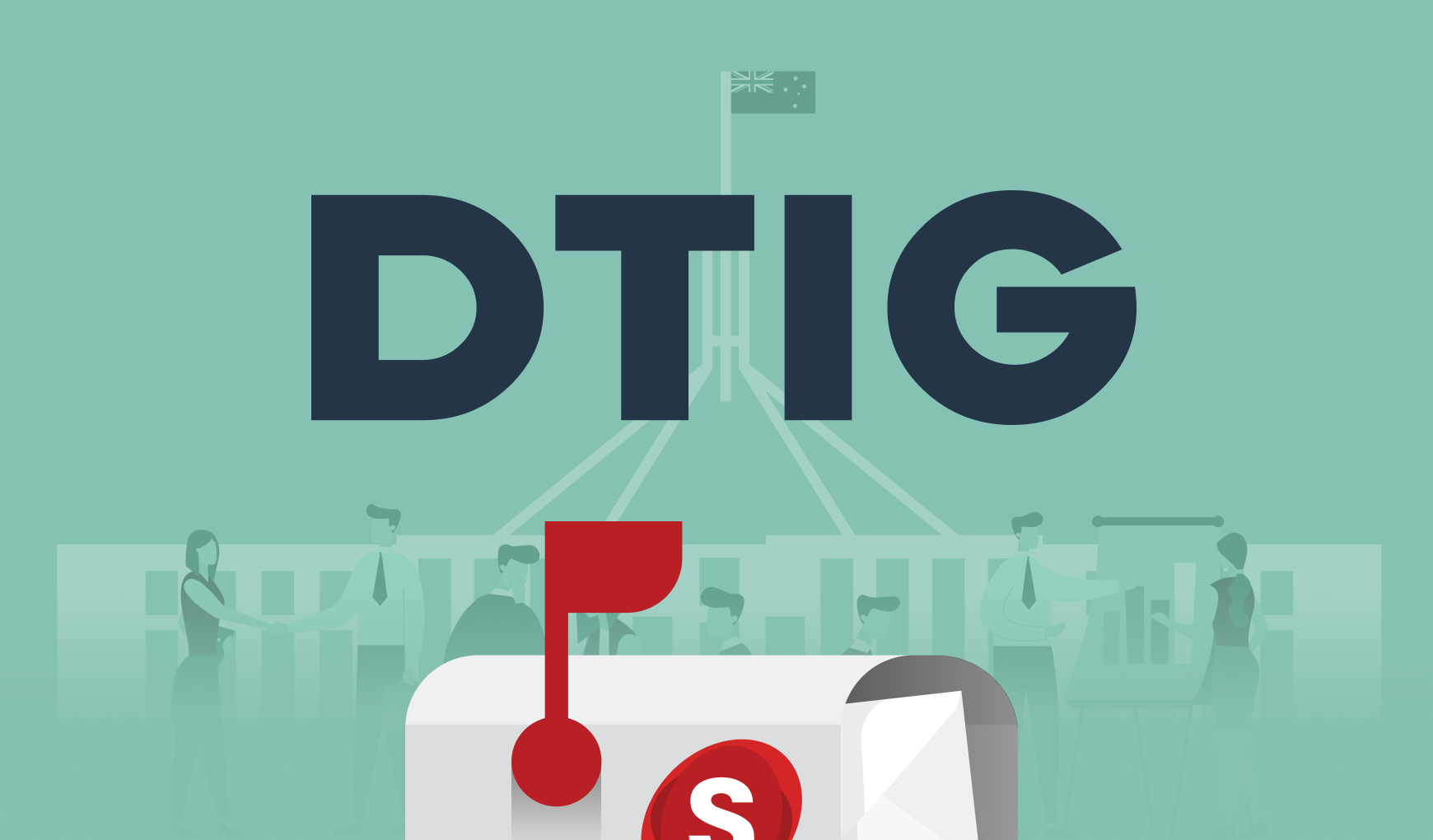Open source and open science
Like open source, open science is about being part of a community and continually contributing back to improve the offering. In open source, you’re improving the end code and making contributions in other ways to promote, improve and support the ‘product’. In open science, you’re sharing discoveries and resources to contribute to the greater good and to science/medicine in general.
Open science vs privatised science
Traditionally in science there have been two models – science that is ‘open’ and is predominantly backed by government, not-for-profit and academia; and science that is ‘closed’ and is backed by private companies such as big pharmaceuticals.
In our review of Rufus Pollock’s book The Open , we highlighted two medical examples from Rufus’s book. He takes a behind-the-scenes look at mapping the human genome and sequencing chromosomes 17 (BRCA1) and 13 (BRCA2), which have both been linked to breast cancer. In both cases, it was a race between the private and public (open) researchers. Unfortunately in the case of BRCA1 and BRCA2, the company won the race (by one day!) and so it became a ‘closed’ discovery and patients are charged thousands of dollars to be tested for the chromosome mutation. However, in the case of the human genome the publicly funded and government-funded researchers ‘won’ and so the human genome is open – freely available, for free. And because it’s open, it’s already saved lives.
Open science and Covid19
In the case of Covid19, the global science community has been working together and sharing discoveries. In record time symptoms have been identified, its genome sequenced and diagnostic tests developed. Work is continuing in this global, collaborative way for potential treatments and vaccines.
Researchers and publishers are working together, too. Researchers are getting their papers to publishers quickly, and scientific publishers are publishing the results and making them freely available (no subscription necessary). Normal turnaround times have been significantly reduced in an effort to get the most up-to-date information out to the scientific community (and the public) as quickly as possible.
In the current crisis, there’s also the need to review past research papers. In response, an open research dataset was created, called . CORD-19 was made possible by private organisations and government (in this case The White House) coming together.
Salsa Digital’s take
We loved The Open Revolution when the book first came to our attention back in 2018. It spoke to our love of open source and our commitment to how open everything can benefit society. We see this application particularly in how open source and open data can help governments and citizens. Open science shows how the open source ethos can be applied to other areas. There are many examples of how digital transformation in government is a driving force in the fight against Covid19, and this is a great example of how one of the foundations of digital transformation in government, open source, can be applied to help improve the way we tackle Covid19 and any future health emergencies.

